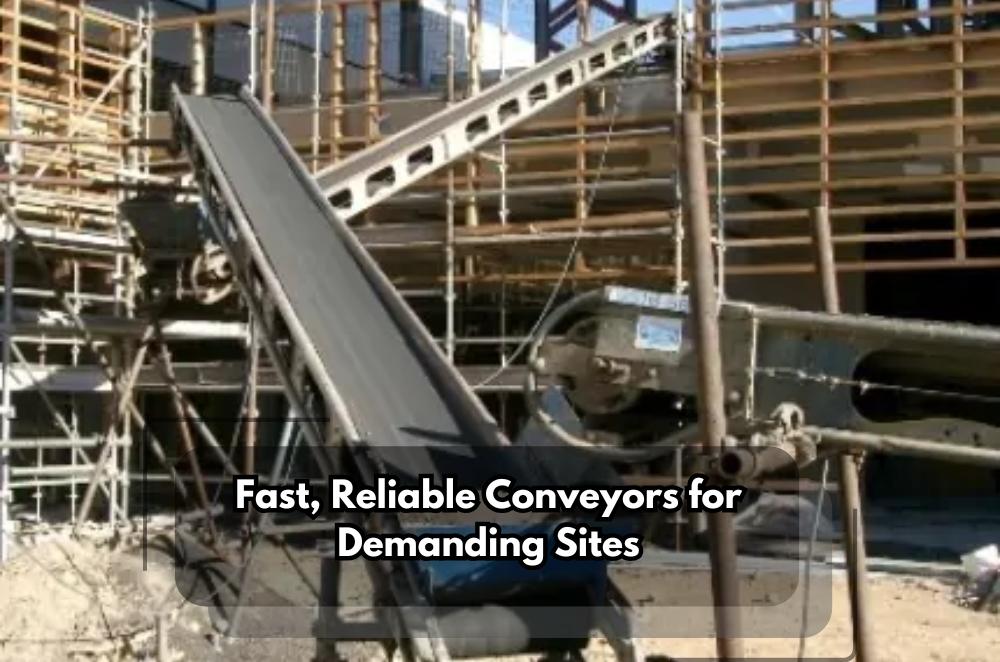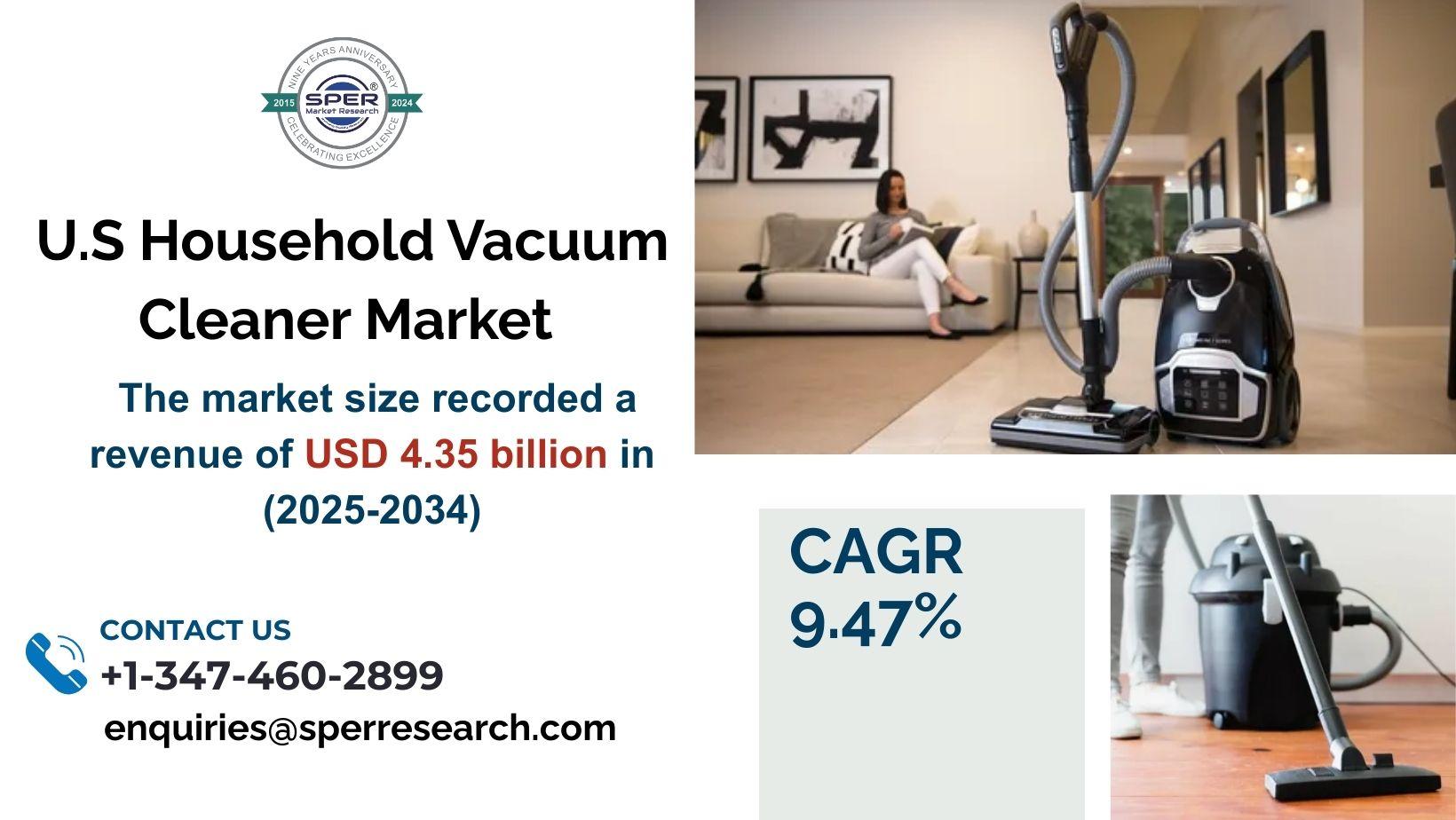Fast, Reliable Conveyors for Demanding Sites

Remote job sites shouldn’t slow down a schedule; they should sharpen it. At Conveying & Hoisting Solutions, we back crews tackling cramped laneways, stair cores, and basement digs with a fast, modular kit that turns awkward access into a smooth, steady flow. When forklifts can’t reach and wheelbarrows burn time, conveyors carry the load—soil, rubble, bricks, even green waste, without breaking stride. Suppose you’re juggling steep grades, long carries, or limited crane windows. In that case, it’s time to get a conveyor for a difficult site access. We configure the right belt, deliver on time, and keep materials moving so your team stays on the tools, resulting in fewer bottlenecks. Safer days. Better margins. Project momentum, start to finish.
How do conveyors accelerate work on tight sites?
Conveyors replace stop–start carting with continuous flow. That steady movement lifts output without extra headcount.
On constrained builds, moving spoil and materials becomes a hidden cost in terms of time. A lightweight, plug-and-play line streamlines the distance between material and task, eliminating pinch points and reducing double handling. Set the belt speed to match your feed rate, stage bins at discharge, and keep a single spotter on signals so trades stay on task. Reducing manual lifts aligns with Safe Work Australia’s guidance on musculoskeletal risk. Meanwhile, engineering research from universities consistently shows that steady-state flow outperforms batch transport in terms of throughput and predictability—exactly what supervisors need to set and achieve daily targets.
• Position the hopper near the cut
• Stage skips or tubs at discharge
• Match belt speed to supply
• Assign one trained spotter
Which conveyor setup is best suited for tricky access?
Match belt width, incline, and length to the route. Add hoppers, skirts, and guards to keep it clean and safe.
Every hard-access path has a version that almost works—we make it work. For steep rises, chain shorter modules with high-grip belts and stable frames. For basements, choose low-profile units with sealed electrics and tight skirting to minimise spill. Variable speed drives help you tune feed on the fly, and swivel frames let you pivot between rooms without breaking the line. Quick-change belts handle a wide range of materials, from demolition fines to bricks. For teams refining their processes, these belt conveyor productivity tips outline practical ways to enhance output across civil, fit-out, and demolition jobs, reinforcing what Standards Australia emphasises on guarding and accessible emergency stops.
• Modular lengths navigate doors and corners
• Skirting reduces cleanup and dust
• VSDs prevent choke points
• Wheeled bases speed micro-relocations
Should you choose conveyors for hard-access jobs?
Yes, when access is the bottleneck, conveyors convert wasted motion into predictable progress. The payback shows up in labour saved and schedules met.
We supply a kit built for Australian conditions—heat, dust, and those awkward angles city renos love to throw at you. Hire for a demolition burst, or deploy for the duration on multi-storey builds; either way, crews spend less time ferrying and more time finishing. Keep walkways clear beside, not over, the belt. Place emergency stops at load and discharge points, rotate tasks to manage fatigue, and conduct daily checks on tracking and guards. That blend of safety and speed is what lifts margins without lifting risk. For a forward look at emerging efficiency gains and more innovative components, explore innovations in conveyor tech.







